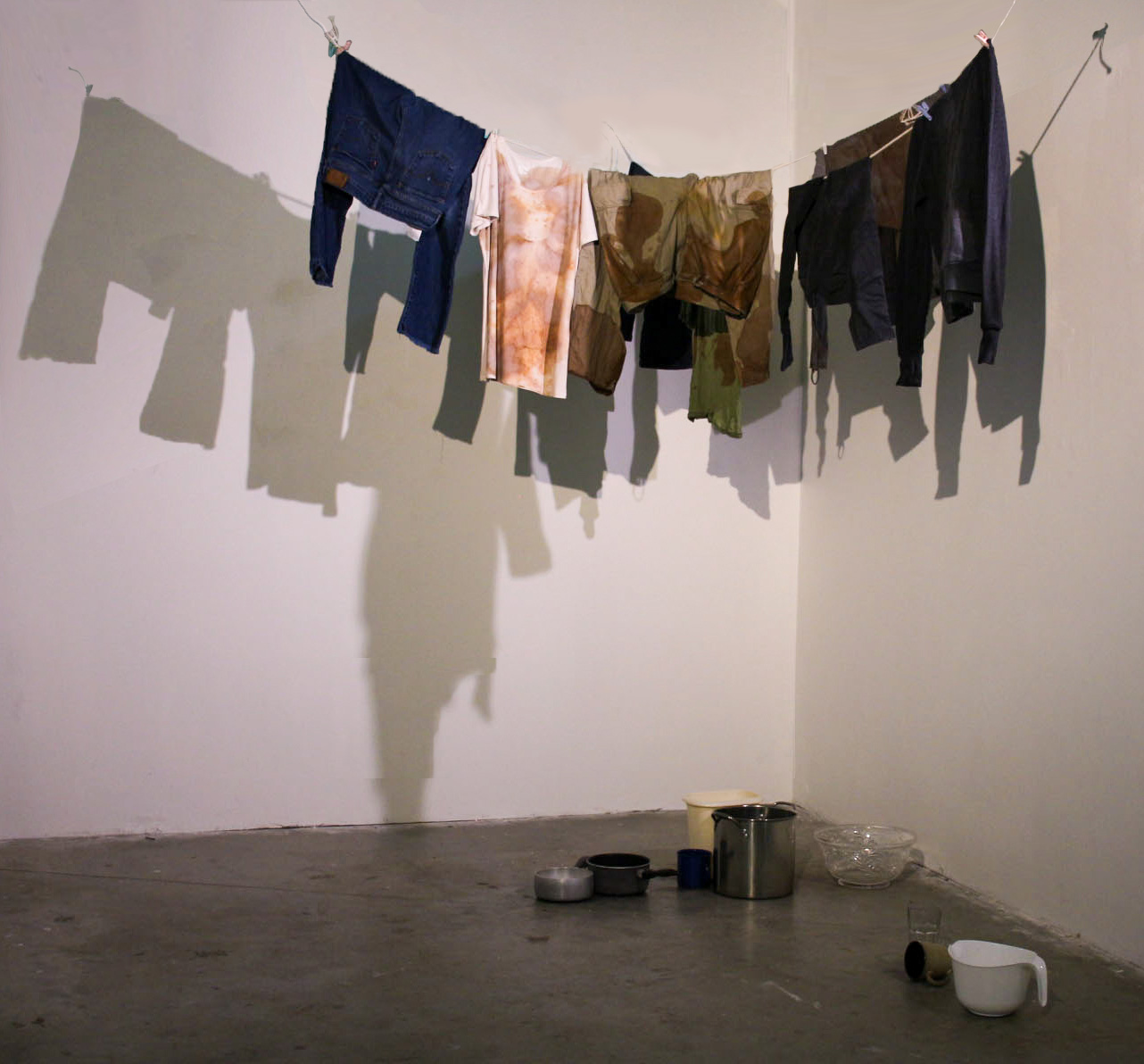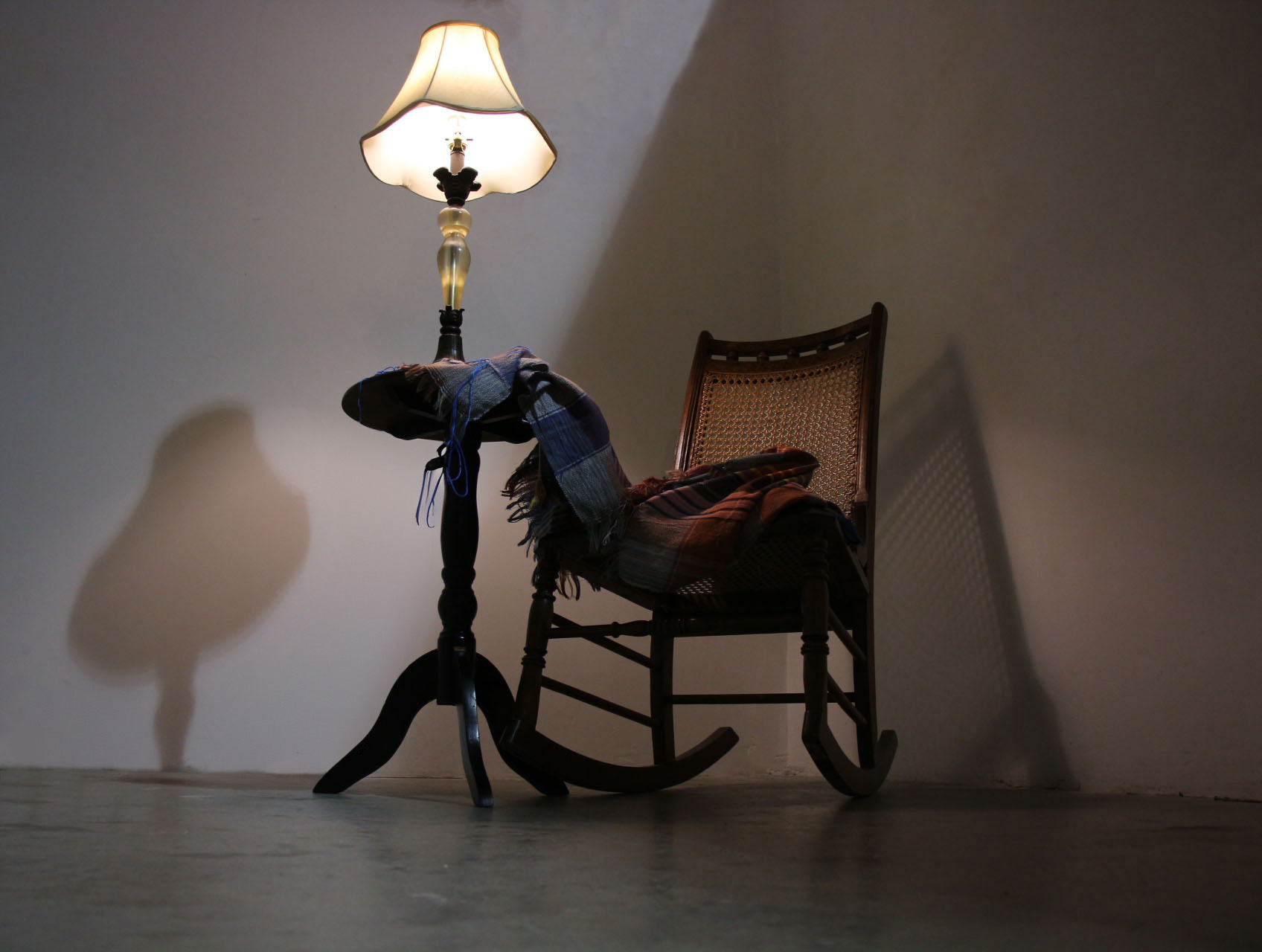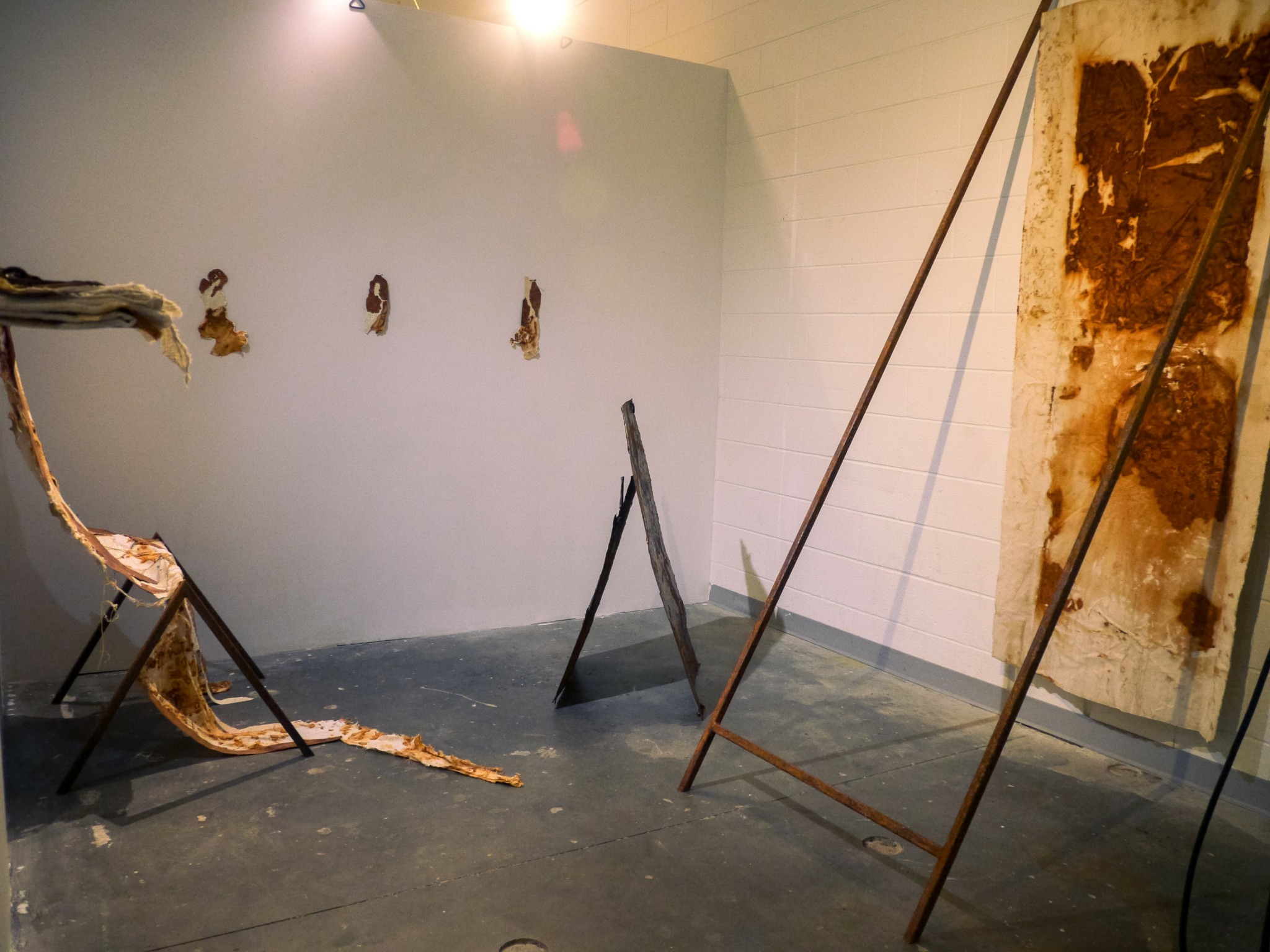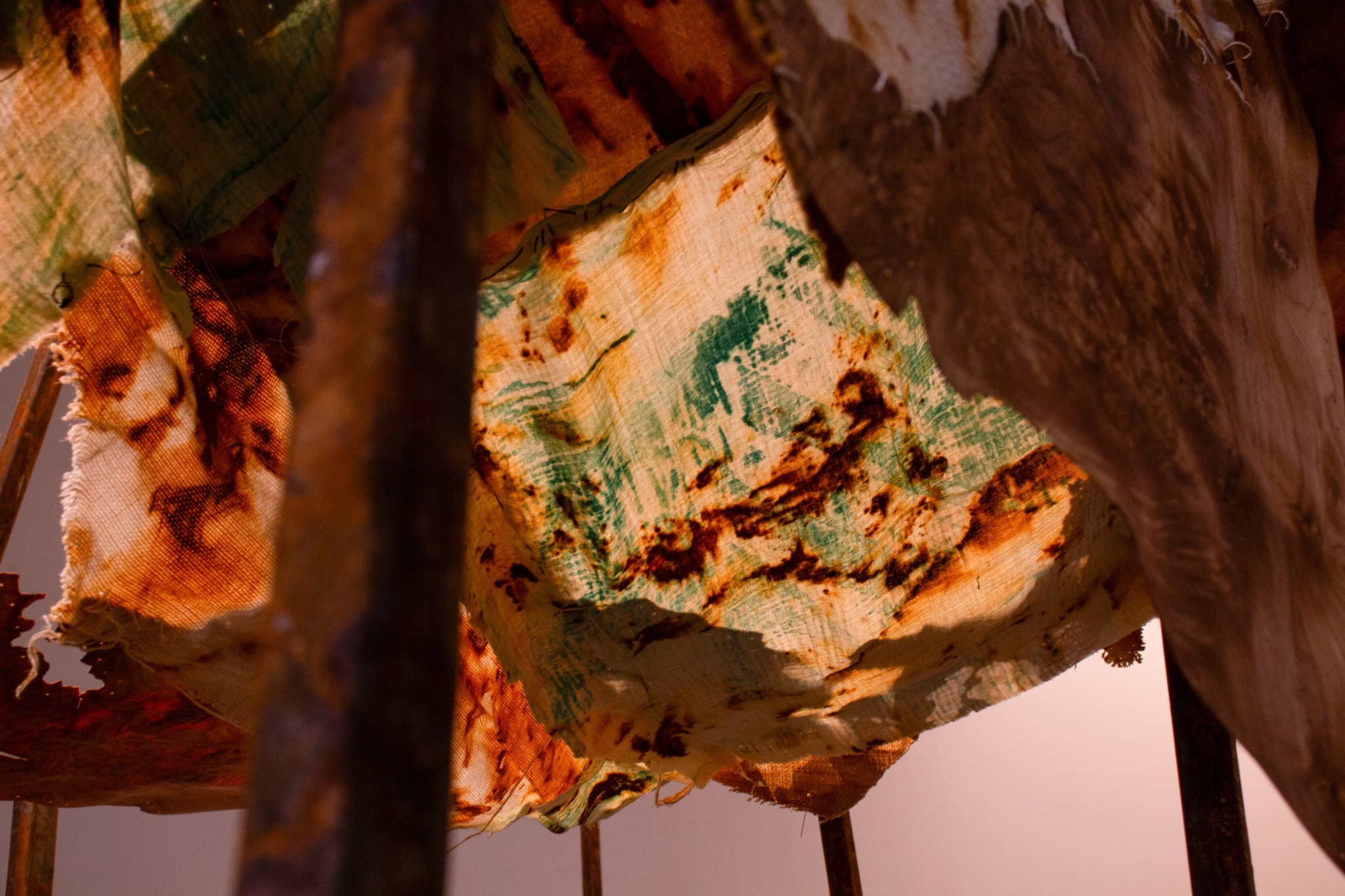We were lucky to catch up with Patricia Guerrero recently and have shared our conversation below.
Patricia, thanks for taking the time to share your stories with us today We’d love to hear how you think where to draw the line in terms of asking friends and family to support your business – what’s okay and what’s over the line?
I have no issue asking friends and family to support my business because I understand the boundaries and dynamics within my relationships. I know who I can ask to spread my name through word of mouth, who I can turn to for help with physical or art-related tasks, and who to reach out to for things like light marketing, such as handing out business cards. It becomes knowing your people and how to approach them with respect for their time and capacity. I also have markers for myself when it’s time for me to reach out for support!
A lot of this became clear during my time at the Savannah College of Art and Design. Moving from New York to Georgia meant I lost proximity to my family and community. Being a first-generation Salvadoran American also meant navigating gaps in language and knowledge when explaining what I had learned and created.
I’ve learned that not everyone in my community will fully understand what I do, and that’s okay. I make an effort to share what I know and communicate my work in ways that make art more accessible to others. I genuinely believe in the proverb, “It takes a village,” because understanding your community also means understanding the strength of your network. And knowing when and how to lean on it.


Great, appreciate you sharing that with us. Before we ask you to share more of your insights, can you take a moment to introduce yourself and how you got to where you are today to our readers.
I am an interdisciplinary artist who creates installations that combine painting, sculpture, and textiles to explore memory, personal history, and emotion. My earlier work reconstructed moments from everyday life with found objects and fabrics tied to my upbringing, inviting a sense of familiarity and nostalgia. Over time, I’ve learned to set emotional boundaries within my practice, especially as I’ve confronted more complex and tangled experiences. Making the work became a way to process what I couldn’t always express directly.
Lately, I’ve been exploring grief, mortality, and the passage of time from a broader perspective. After a series of familial losses, I became interested in how death quietly shapes our lives. In my recent series, Stay with Me, I combined natural and industrial materials, such as maple veneer, steel tubing, and rust-dyed fabrics, to explore resilience, aging, and the tension between control and surrender. The quilts, in particular, speak to the changes time brings and the softness we must carry in facing them.


What’s a lesson you had to unlearn and what’s the backstory?
Being creative is not just talent or being a “genius.”
I had to unlearn the idea that art comes only from some innate gift. In reality, being an artist takes research, experimentation, failure, and constant refinement. As artists, we tend to focus solely on our accomplishments, which contributes to the perception of ourselves as creative geniuses. Being able to make art is just honing a specific skill. A skill resulting from hours of practice, reflection, and application.
Growing up, I had always heard other people say, “I could never do what you do,” or that what I do is pure because “I was born with it.” And those sentences really sucked to hear. At first, hearing it would make me feel proud of my work, but as I listened to it more, I became saddened to learn that most others did share that belief. It has two drawbacks: it restricts their engagement with art while also discounting the hours of effort that went into it.


Do you think there is something that non-creatives might struggle to understand about your journey as a creative? Maybe you can shed some light?
Art is anything; it’s not just paintings in galleries. It’s in your clothes, your furniture, the layout of your home, the design of your phone. Art takes many forms, and it’s meant to be part of everyday life, not something reserved for a select few. It’s not unattainable or above anyone’s understanding.
That is not to say that the gap in knowledge of art doesn’t exist; it does. The role of the artist has shifted, and so have the sponsors, making art feel even more inaccessible to many people. I’ve heard it from friends and family who consider themselves “non-creatives.” It hurts to listen to people distance themselves from art, mainly when much of that separation stems from histories of colonialism, elitism, and classism. Art is subjective, and there’s no wrong way to engage with it. Never be afraid to ask those around you or to guide yourself. Just reflect on what and how you feel. That is more than enough to understand art. It is never something one can’t understand.
Contact Info:
- Website: https://www.patriciaguerrero.art
- Instagram: https://www.instagram.com/ptrcgue.art/
- Linkedin: https://www.linkedin.com/in/patricia-guerrero-08881a2a4


Image Credits
Dasom Choi, Patricia Guerrero


